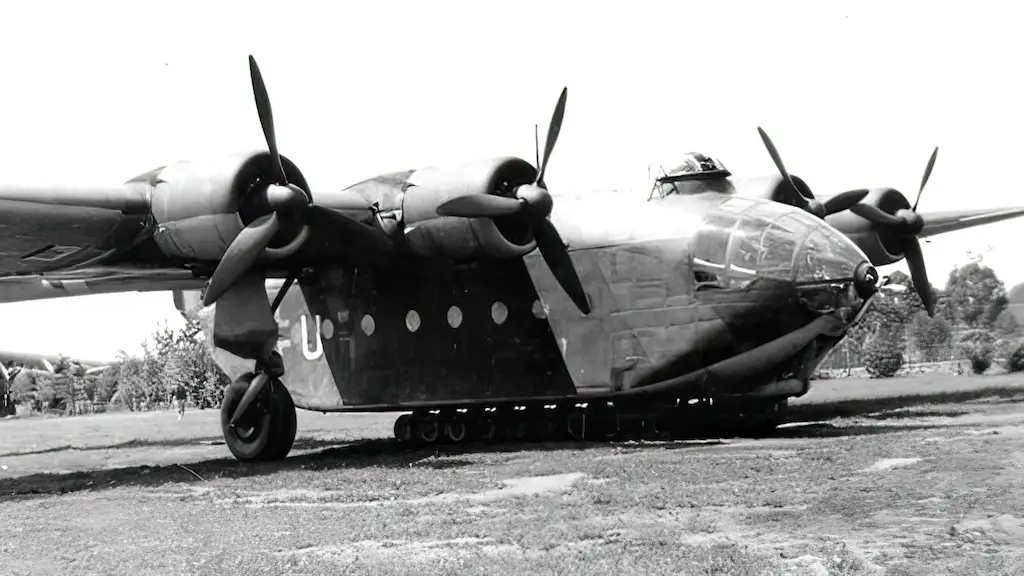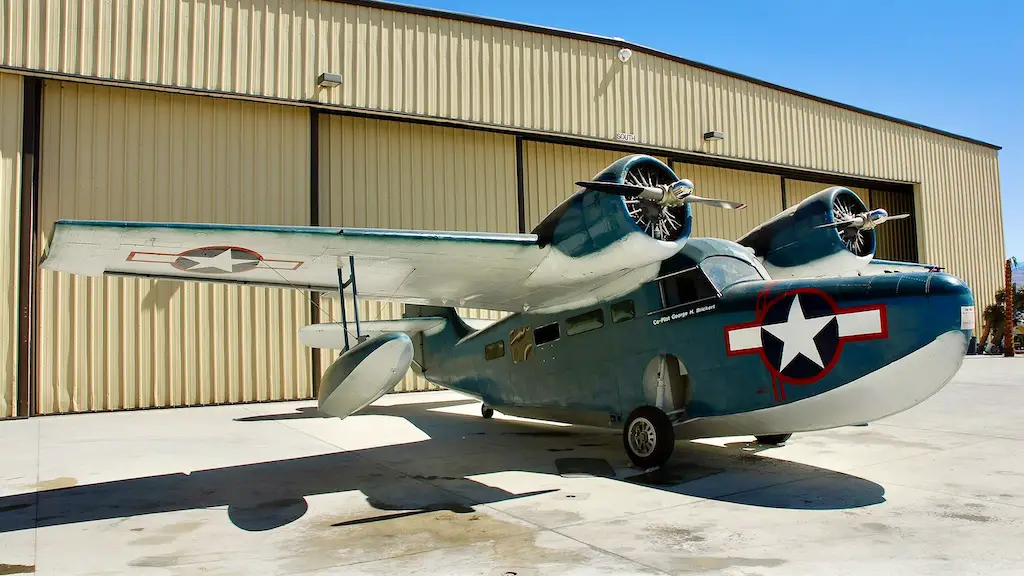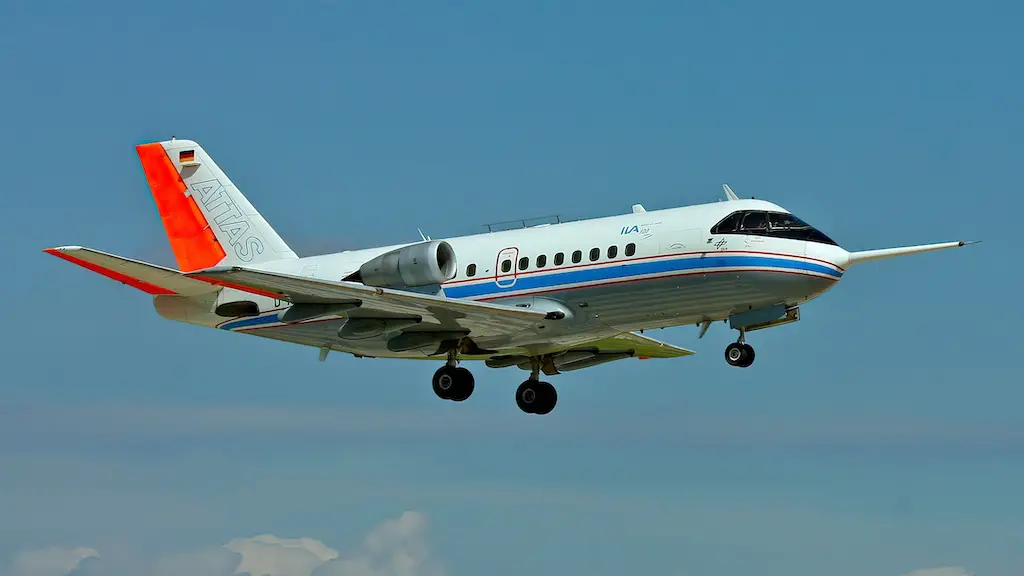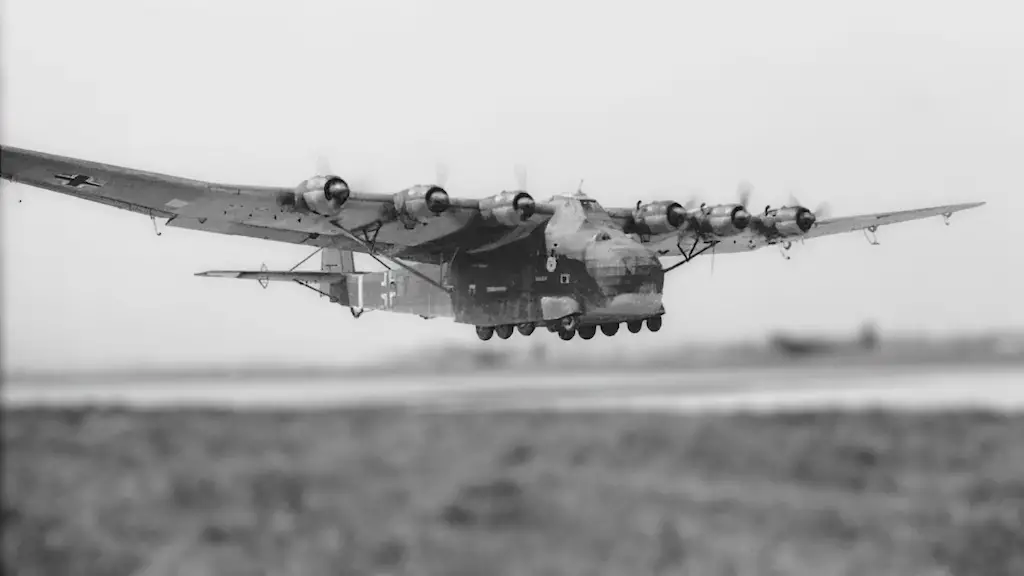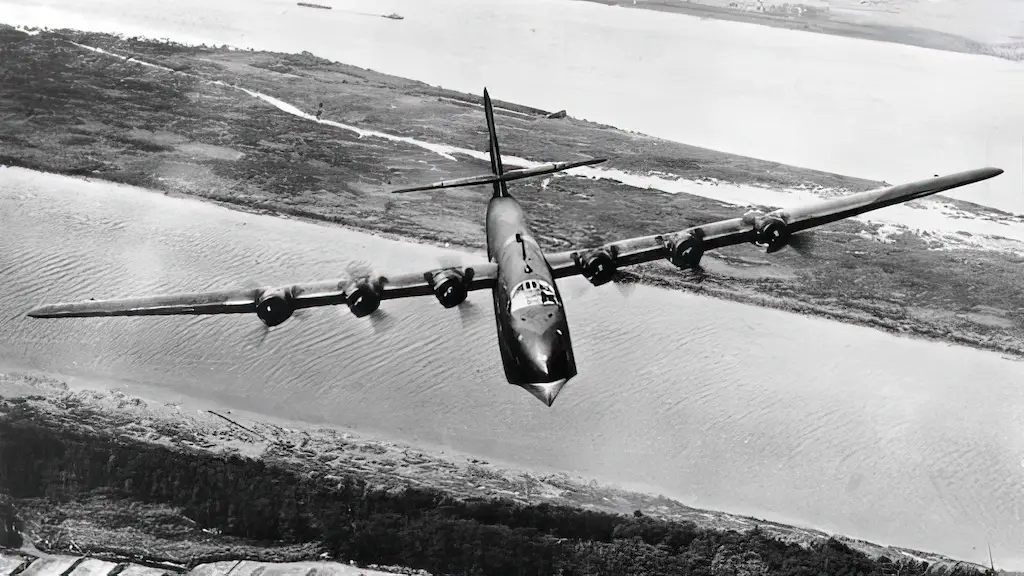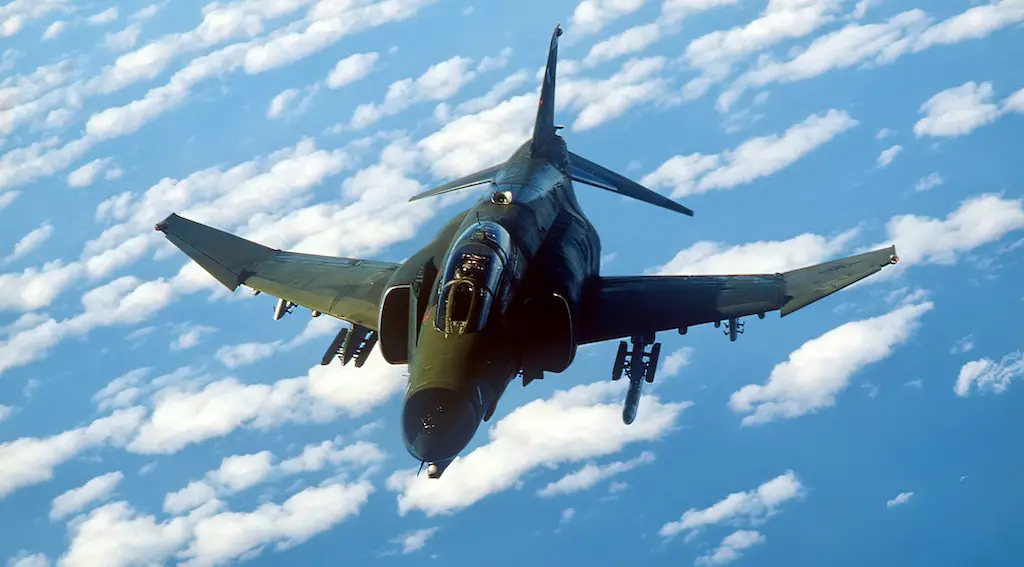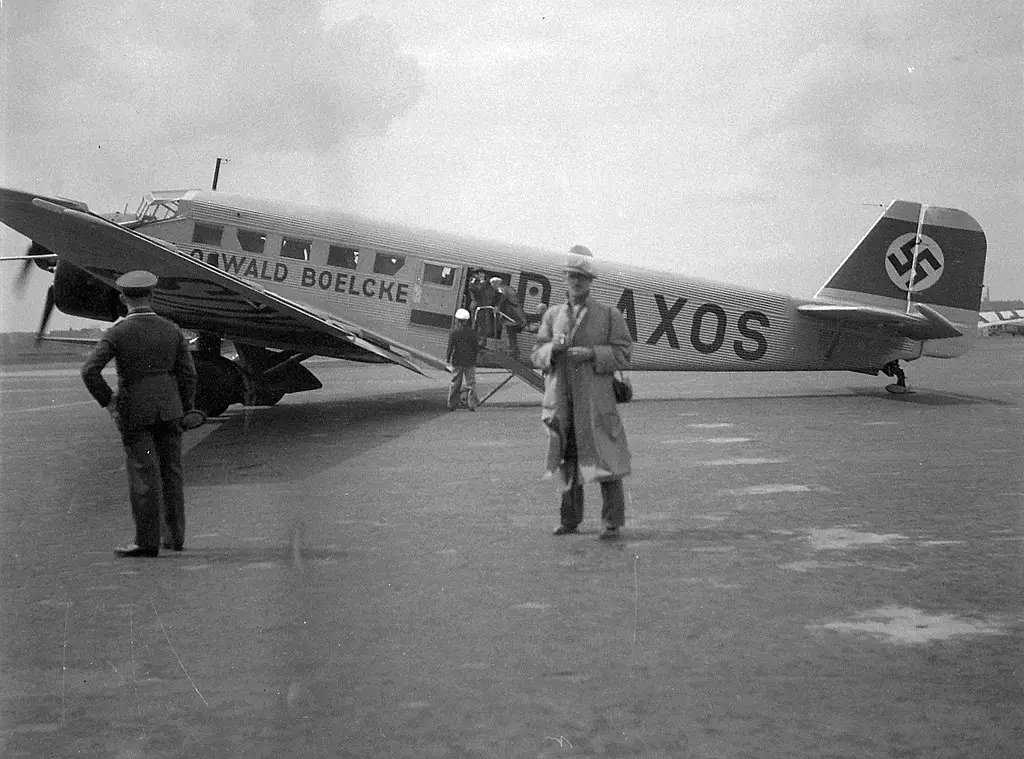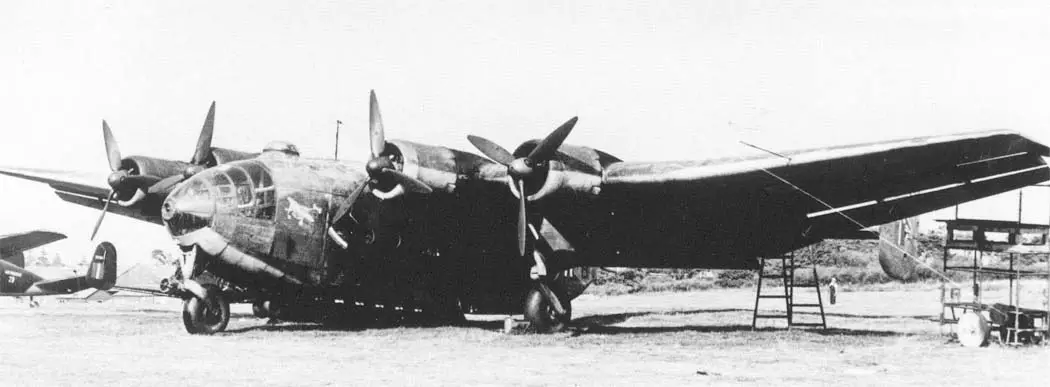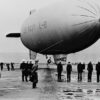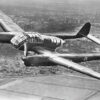Revolutionizing Aerial Transport
During World War II, the race for superior technology was relentless. In this context, the Arado Ar 232 emerged as a groundbreaking cargo aircraft. Born from a 1939 German Air Ministry tender, it was a quest to replace the outdated Junkers Ju52. Arado’s design triumphed over Henschel’s proposal. The German Air Ministry ordered three prototypes in 1940, marking the beginning of a new era in air transport.
The Arado Ar 232, known for its unique box-like fuselage and high wing, introduced features now standard in modern aircraft. Its high-mounted twin tail and rear loading ramp were revolutionary. Such innovations allowed for easy access and operation from rough fields, a significant advantage during wartime.
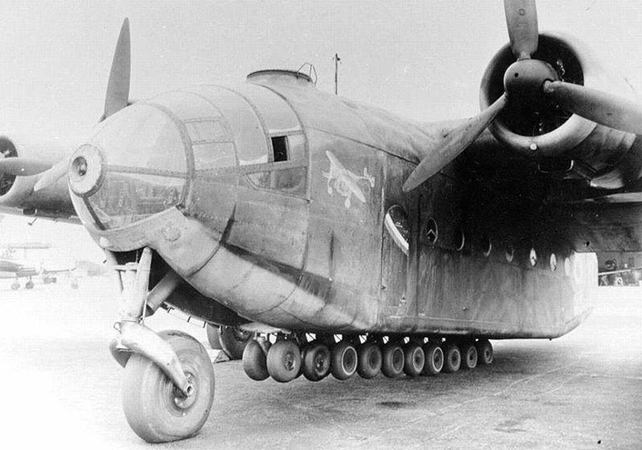
Groundbreaking Features
What set the Arado Ar 232 apart was its exceptional landing gear. For normal runway operations, it used a tricycle gear. However, the main gears had a unique capability: they could kneel post-landing, bringing the fuselage closer to the ground. This feature reduced the ramp angle, simplifying cargo loading. Additionally, an array of 11 small wheels on each side supported the aircraft on soft or rough airfields.
The cargo bay, situated behind the steeply-sloped cockpit, was impressively spacious and accessible. Unlike typical designs with side doors, the Ar 232 utilized hydraulically powered clamshell doors at the rear. This design allowed for efficient cargo rolling into the hold, a significant improvement over its contemporaries.
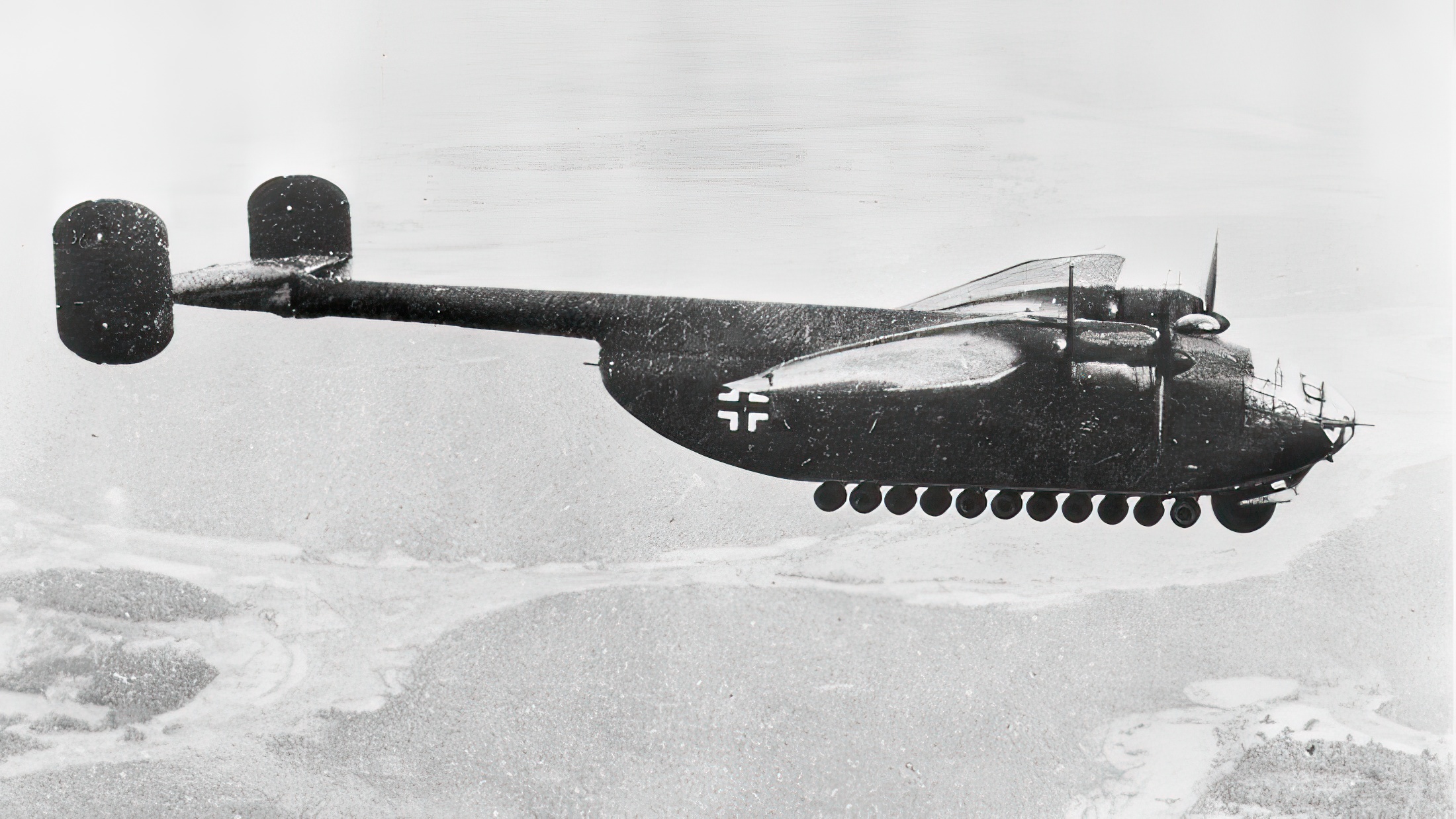
Ar 232 Outshines the Ju52
In comparison to the Junkers Ju52, the Arado Ar 232 was a giant leap forward. It could carry double the load, fly faster, and operate from shorter and rougher runways. The Luftwaffe saw its potential to enhance its transport capabilities significantly. However, due to prioritization issues, large-scale production of the 232 did not materialize.
The initial operational use of the Ar 232 was marked by both triumphs and tragedies. Notably, its deployment in 1943 for supplying German troops near Stalingrad was a high-risk mission. The aircraft’s versatility was further showcased in various missions, including transportation of goods and evacuation operations. Despite its limited numbers, the Ar 232’s impact was undeniable.
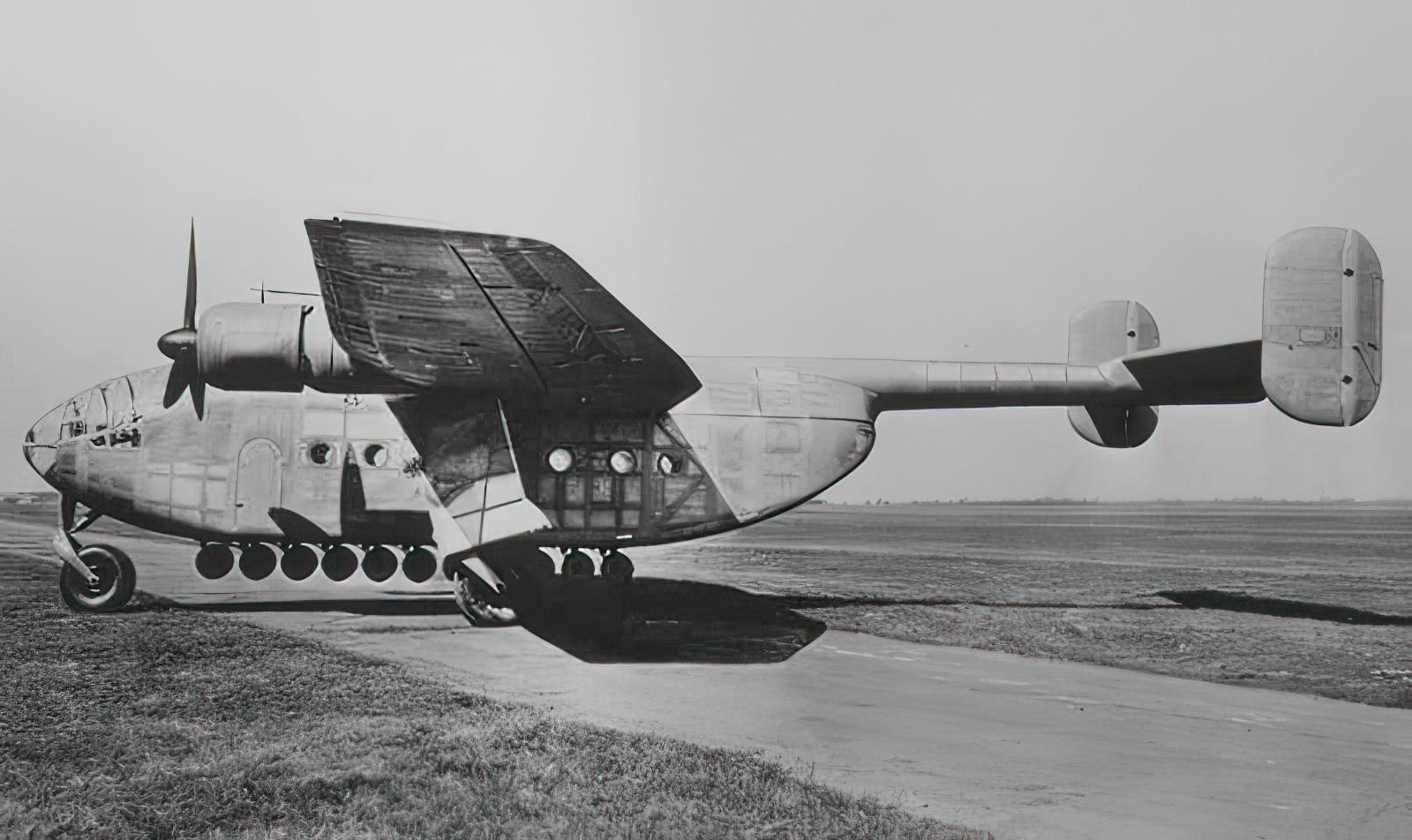
Beyond WWII
The Arado Ar 232’s influence extended well beyond its immediate operational use. As late as 1955, NATO recognized its design as groundbreaking. Its innovations paved the way for future developments in air transport, a testament to its advanced engineering.
The few remaining Ar 232s captured by the Royal Air Force in 1945 found new life post-war. Transporting valuable items to England, they were flown by renowned test pilots like Captain Eric Brown. The aircraft’s performance continued to impress, further solidifying its place in aviation history.
The Arado Ar 232, although produced in limited numbers, left an indelible mark on the world of aviation. Its advanced design and operational flexibility set a new standard for transport aircraft, influencing future generations.

